The 1950s Science Fiction Podcast: S1E5
More Sci-Fi TV shows.
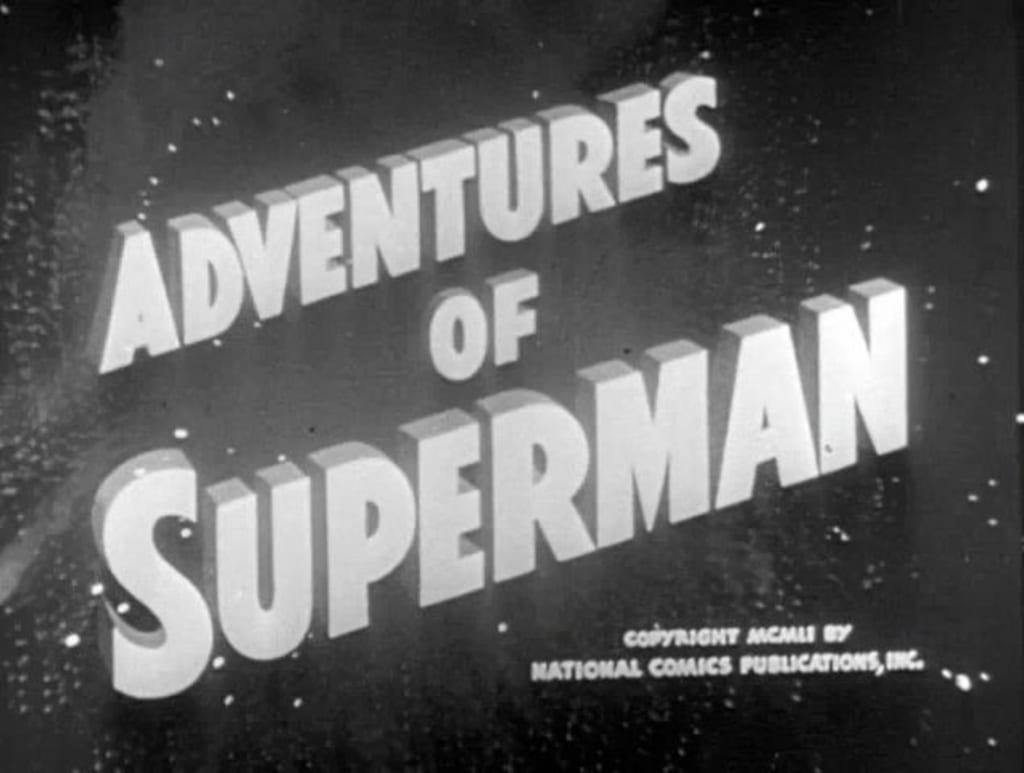
Start of Transcript:
Introduction:
Hello and welcome once again to the 1950s science fiction podcast, hosted by me, Edward Geman. I have been a longtime sci-fi fan of the 50s b-movies, like the one I discussed in my last podcast. However, in this episode of the show, I will turn my attention to sci-fi TV. But first, I want to thank everyone who has taken the time to listen to my show and, I hope that you have enjoyed the program so far. I now have over 300 plays since I first started in late August of this year. And it has been quite a year not only for me and the rest of the world as well. It is nearing the end of the year, and we are still in the middle of the Covid-19 pandemic. The crisis, expected to continue in the following year, has in itself been like something out of sci-fi but not as intense. I hope that it will be over soon and we can get back to a normal state of affairs.
What I plan to talk about in this episode of the podcast are two sci-fi shows from 50s TV. First up is the classic The Adventures of Superman then, Captain Zero, which I mention in a previous podcast.
The Adventures of Superman
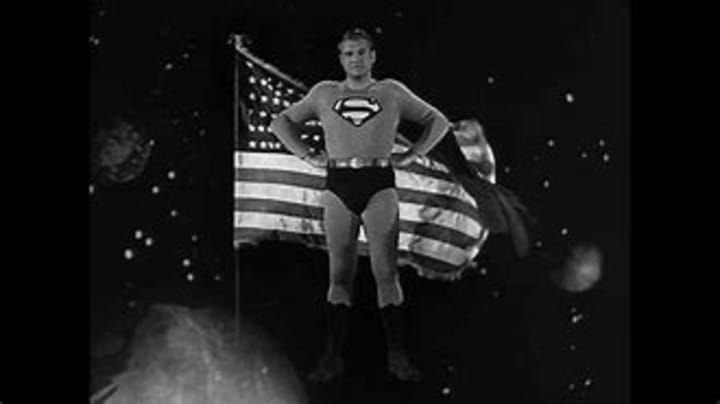
Ok, what hardcore comic book or sci-fi fan has not ever heard of Superman. The Man of Steel has been around for a long time, first as a comic book, latter in other media. In the 40s, there was an animated version shown in movie theaters, live-action serials, and radio dramas. However, in the 50s, an independent movie producer decided to make a feature-length movie based on the Superman comic. The film called Superman meets the Mole Men stared Gorge Reeves as Superman, released in 1951 with a run time of 58 minutes. The plot centers around a small town that may possess the longest hole made for an oil rig. However, crude oil is not forthcoming, but samples of Radium manifest themselves every time a drill goes down the hole. Clark Kent and Lolis Lane, played by Phyllis Coats, are assigned to report the story for The Daily Planet. While they are present, reports of strange small glowing creatures decimate through the town. After one of the beings captured by local townsfolk, a lynch party threatens to take matters into their hands. When Clark Kent hears this, he promptly changes into Superman and protects the small beings, and sends them back to their home. Their home is somewhere undergrown and, the drilling hole was their entrance to the surface world.

The movie would serve as a pilot for the TV series The Adventures of Superman and received sponsorship by Kellogg's cereal. The show became a hit after being aired on TV. The Adventures of Superman broadcasted from 1952 to 1958 with a run time of 25 minutes. The first two seasons were shot in Black and White, while shows from 1955 and onward were in color. The series was low -budget and used many cost-saving practices. The producers used stock footage, shot mostly in the studio, and would rearrange parts of the set to look different.
The show's additional cast members were Jack Larson as Jimmy Olsten, John Hamilton as Prey White, and Robert Shayne as Inspector Henderson. Later on, Noel Neil would play the role of Lois Lane after Phyllis Cotes had resigned. All these characters appeared in the original Superman Comic book except Inspector Henderson; he was a creation from the radio series that preceded the TV show. The series would also have a variety of other recurring characters as either scientists or gangsters. One such person was Professor Pepperwinkle, an absent-minded scientist who causes Superman lots of trouble with his inventions. There are also recurring villains in the form of comic gangsters. They are always defeated by Superman each time they fire bullets at him only to be deflected from his body.
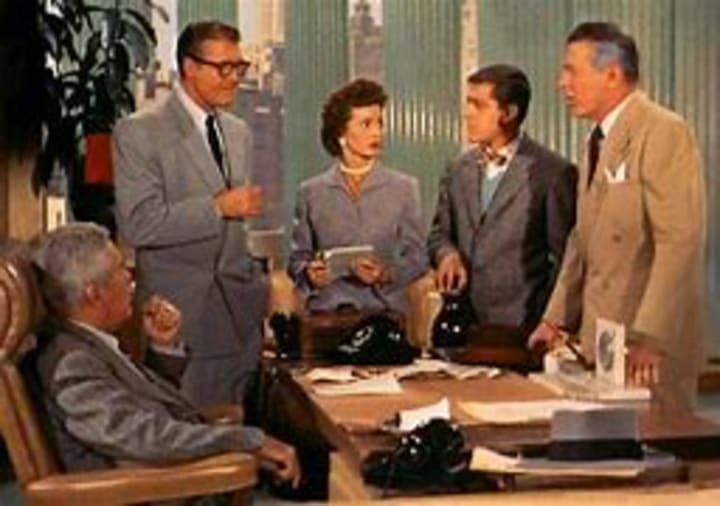
The stories presented would circulate between action-crime drama while others would have elements of science fiction. I remember watching this one episode that stood out from the rest. For the most part, Superman is always busting through walls with his super strength. However, there was an instance when he was not able to do so. A wanted criminal decided to hide out in a large metal cube made of some exotic metal that no one can penetrate. Whether it is a diamond drill or a welders torch, nothing even scratches the metal cube. Not even Superman can break through this type of metal. The fugitive believes that if he stays hidden in the cube for at least seven years, he can be declared legally dead and walk out a free man.
After consulting with one of his scientist friends, a suggestion made to him is to walk through the wall. The scientist explains that Superman posses extortionary mental power. He should try to tap into it via intense concentration and try to step into the metal wall. Superman succeeds in doing so but stops short of going through the other side. He overhears a conversation between the fugitive and his cohorts. Superman learns that Loris Lane and Jimmy Olston were kidnaped and held against their will. Superman decides to back away from capturing the fugitive and devises a plan. The fugitive inside the cube has a clock set to National Observatory time.
Superman flies to Washington and seeks permission to set the clock back for about one hour. When the fugitive believes it is safe to leave the cube, his cohorts use an acid designed to eat through the metal. Right after he walks out, Inspector Henderson arrests him on the spot. The inspector explains that it is not the right time of day, and he is not considered legally dead. Also, Superman rescues Lois and Jimmy, so they are no longer in danger.
This episode of The Adventures of Superman entitled The Mysterious Cube, aired on February 24, 1958. It was show number 95 and episode 4 of the sixth season of the series. Season six would be the last for the series.
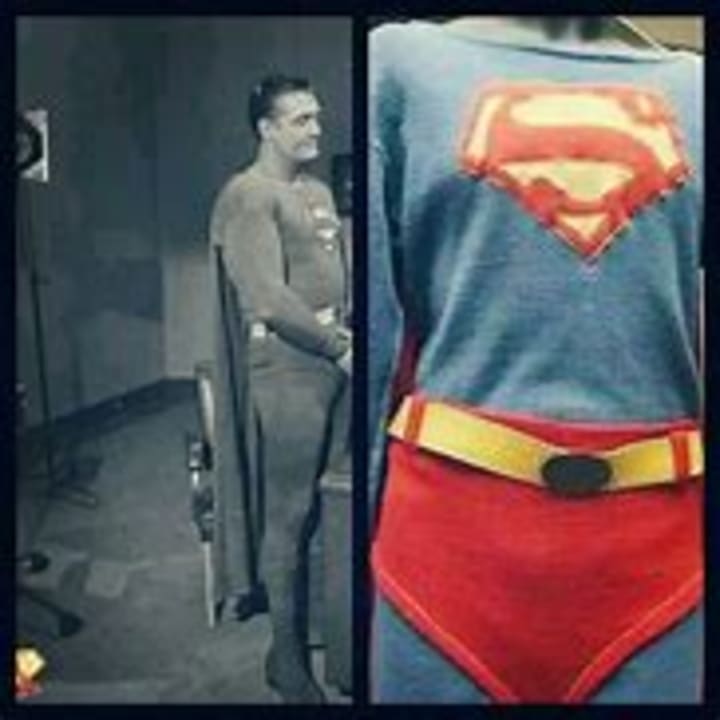
My thoughts about the series.
I first watched The Adventures of Superman during my tween years in the late 70s. My family had just subscribed to cable TV, and a distant UHF station broadcasted reruns during the afternoons. The first episodes I saw were in color. Then came the black and white shows after a schedule change to Saturday mornings. I realy enjoyed watching the first live-action TV show of the comic book superhero. The stories were exciting, fantastic, and well written.
I still remember watching most of the shows, and certain ones like the mysterious cube stand out. I got interested in learning more about legal death and did it realy exist. As it turns out, it pertains to civil law rather than criminal law. So I believe the writers took some license in the writing of the plot. According to some film critics, the series garnished as one of the best science fiction shows on TV. The high praise was attributed to the superb writing for the series.
Captian Zero

Now I want to talk more about the 50s sci-fi show, Captain Zero. I mention it in episode 2 of the podcast. I have never seen this show on TV but only via YouTube. I had watched a few episodes posted on social media a few years ago and thought the show was somewhat entertaining. The series was designed to be a show for juvenile audiences, not unlike the Adventures of Superman. Caption Zero was a scientist who worked in a remote mountain top laboratory and studied historical events. He could watch past events in real-time, and if something went wrong, he could travel back in time and correct the mistake. Using his time machine known as the ZX-99, he and his teenage sidekick, jet, would encounter historical figures such as Christopher Columbus, George Washington, and Blackbeard, the pirate.
The series was first broadcasted on TV stations KRON in San Franciso CA., and KTTV in Los Angles CA., from 1951 to 1953. In 1955 the show was syndicated to TV stations nationwide. The first episodes were broadcasted live and lasted 15 minutes, while recorded shows lasted for 24 minutes. There were 51 live shows and 26 recorded episodes. The series stared Roy Steffens, who also created the show; Jet, his teen assistant, was played by Bruce Haynes.

The series opened with images of a mountain top with snow and ice; the camera pans toward a rocket ship and then towards the captain's laboratory. At that point, you hear the announcer say,
Captain Z-Ro! Research explorer in time and space! Somewhere in a remote uncharted region of a planet called Earth stands the laboratory of Captain Z-Ro. In this secret location, known only to a few in the outside world, Captain Z-Ro and his associates experiment in time and space to learn from the past - to plan for the future.
Then the camera focuses on a tower on top of a building, and the announcer continues to say.
Contact has been established. We now transmit you direct to the laboratory of Captain Z-Ro. Please stand by.

The series utilized low-grade effects due to a meager budget, but the designers were creative with what they had. The set used some electronic equipment and flashing lights for time travel sequences. The funds were so low that only three actors at a time could appear on the screen.
The First Episode.
The first episode of the series involved Captain Zero and Jet traveling back in time to meet with Christopher Columbus. Jet gets involved with crewmembers who believe that Columbus is wrong and the ships must turn around and go back. He overhears the plot against Columbus and tries to warn him, but he can't without reviling who he is. Columbus is about to give in when Captain Zero speaks to Columbus and convinces him that he is right and not to turn back.
Some of the stories would play out like the first episode, while others involved outer space and testing of new rocketships. The show attempted to educate children about history, not unlike the classic Dr. Who series in the following decade. The series would also influence other future sci-fi shows, such as The Time Tunnel and Quantum Leap. Both series had the characters meet up with historical figures as well: they would also try to correct the course of history. From what one of my followers on Twitter told me @therobgray, Captain Zero is now an indie comic book series. I have not read the series yet, but I will post a promotional video on my show notes page on vocal media.
End of show.
Well, that is all for this edition of the podcast. I hope to cover a new topic on an episode sometime soon. However, please be sure to check out my vocal media profile page on vocal.media: you will find the written transcript for the podcast, photos, and video clips. The link is posted on the podcast page at where ever you listen to the show. Please, feel free to check it out and look at the other stories I have written over the past three years.
About the Creator
Edward German
A long-time sci-fi fan who loves the internet. I am also writing on subjects other than sci-fi.
you can follow me on "X" @EdwardGerman3 Listen to my podcast The 1950s Science Fiction Podcast on Spotify for Podcasters.

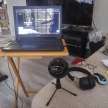




Comments
There are no comments for this story
Be the first to respond and start the conversation.